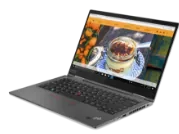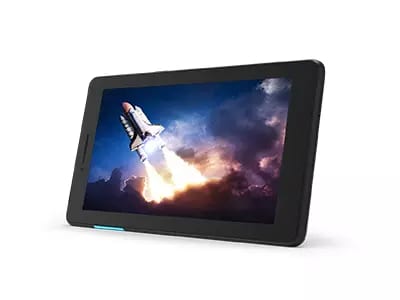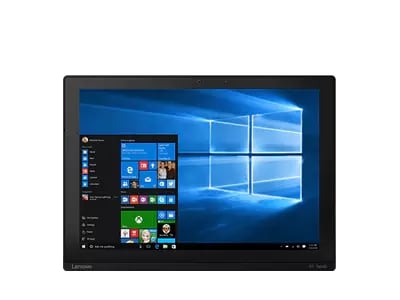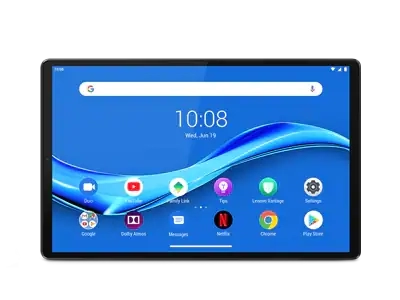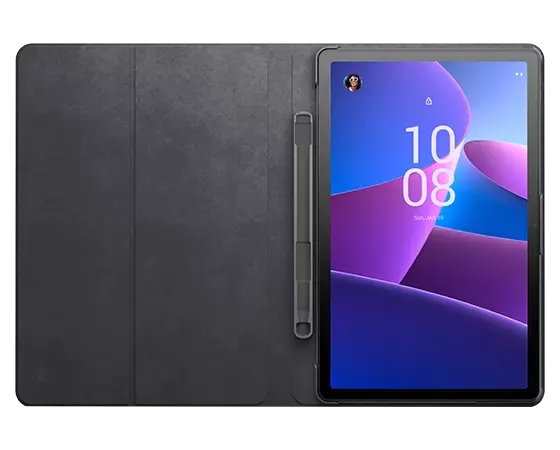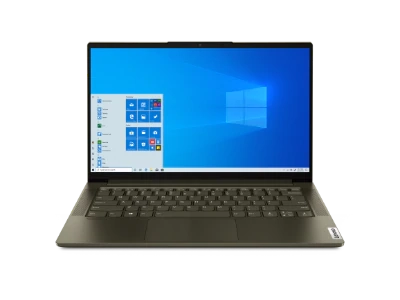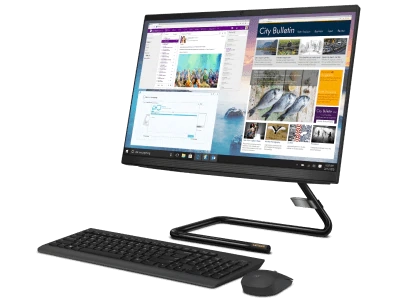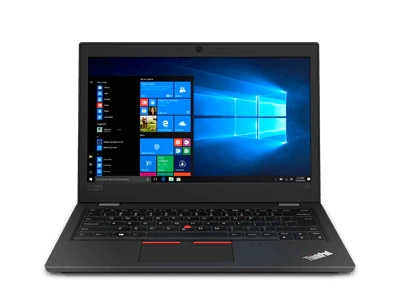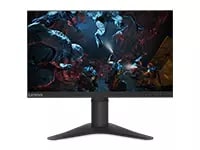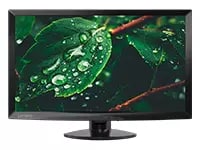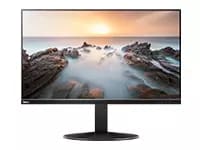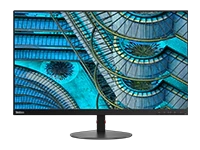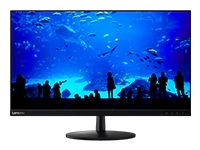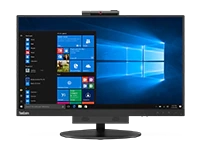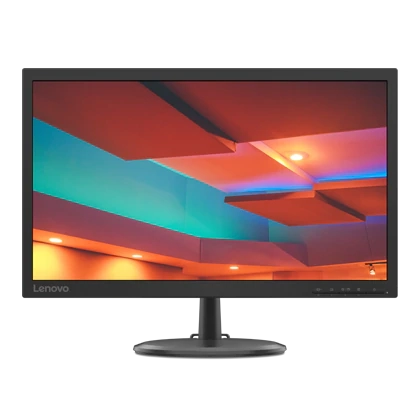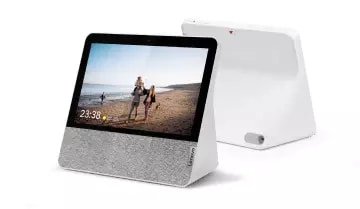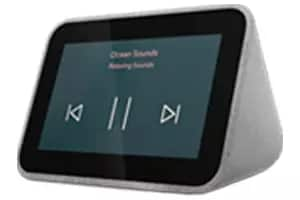What's the best professional monitor?
Most users see a rainbow on a monitor screen and are satisfied that they're seeing the proper seven colors (red, orange, yellow and the rest). But professional users -- video editors, photographers, artists and others for whom computer monitors are an essential work tool -- might see the same on-screen rainbow and know immediately that the monitor is low-end, incapable of displaying intermediate shades and hues. Or, if it's a high-end monitor, that it's desperately in need of color calibration so blue doesn't look so much like indigo.
This is why professional users seek out professional-grade monitors. With their jobs on the line, they need to know that their images represent the true colors of their subject matter or match the precise artistic vision they had in mind. And if they send their works for printing or for viewing online, they need to know the colors will be faithfully reproduced there, too.
Professional monitors are distinguished largely by advanced display panel technology, expanded color spaces and color gamuts, and factory-certified pre-calibration of colors.
Professional monitor display technology
Professional users need monitors with crisp, clear lines and colors and typically are the early-adopters of each new display technology. So, they were the first to move from CRT monitors to standard high definition (HD) LCD flat screens, and then jumped to improved LCD-TFT (thin film transistor) models with LED backlighting, higher resolutions (including Full HD), and wider array of colors.
The latest display technology in broad commercial use is In-Plane Switching (IPS), which -- in simplest terms -- re-orients the crystals and polarizers in the LCD for better performance. Compared to earlier models, LCD-IPS displays (usually called simply "IPS" models) have several advantages:
- More accurate colors: IPS displays push the backlight through the LCD crystals differently than earlier technologies, resulting in more accurate color reproduction.
- Wider array of colors: IPS displays with 8-bit panels (8 bits red, 8 bits green, 8 bits blue) can illuminate a typical graphics processor's full 24-bit color palette better (8 x 3 = 24) than earlier models with 6-bit panels (6 x 3 = 18), which relied on additional steps to emulate the full color range.
- Better viewing angles: The crystals in IPS displays run parallel to the device as a whole, rather than the perpendicular flow in TFT models. The allows you to view an IPS monitor from extremely wide angles before the color or contrast begin to diminish.
IPS-based monitors are offered at multiple price points. But manufacturers know there is particular interest among professional users, so they typically offer ISP monitors with very high resolutions (Quad HD or Ultra HD), multi-adjustable ergonomic stands, anti-eye strain technology and other features.
Color accuracy, color gamut and color spaces
For viewers, the accuracy of displayed colors is greatly dependent upon the monitor's "color gamut" (i.e., the array of colors the device can display based on the capabilities of its display technology (LCD-TFT, IPS, etc.). For creators, accuracy is affected not only by the gamut of their monitor but also by the "color space" of their camera, image editor or drawing program (a color space is the standard that defines each separate color in terms that other programs or devices can understand and reproduce (think CMYK or RGB)). So, in a perfect world, an image is displayed on a monitor whose color gamut covers the precise shade of blue that was captured by the original device or that the creator chose from his or her editing/drawing program's color space.
Professional-level monitors, then, are defined -- at least in part -- by how well their color gamut matches the standard color spaces used by artists, photographers and other creators. Virtually any monitor can display the colors in the sRGB color space, one of the earliest standards and one that still defines much of the image content created for the internet today. But newer standards with wider arrays of color have emerged (AdobeRBG, CDI-P3, etc.), and the gamuts of today's best monitors match these additional color spaces to varying degrees. Typically, monitor spec sheets will state how much of each different color space it can reproduce accurately (for example, 99.5% AdobeRGB, 145.7% sRGB, 97.9% DCI-P3, 99.5% BT.709).
Pre-calibration and color testing
Color calibrating a monitor involves testing and adjusting it to confirm that the gamut of colors it displays truly match the standard for those colors in each defined color space. Manufacturers strive to produce monitors that display consistent, standard colors out of the box. When that out-of-the-box experience doesn't look exactly perfect, users can self-calibrate their monitors to match downloadable test patterns for their preferred color spaces.
Professional-grade monitors often have the added advantage of coming pre-calibrated, meaning the manufacturer took the extra step of performing calibration testing and adjustments after the monitor was built but before it was shipped.
Many buyers prefer pre-calibrated models because it ensures their work will be color-compatible with other, similarly pre-calibrated models (ideal for work teams). Pre-calibration also reduces the chance that the user's own visual idiosyncrasies could affect any self-calibration they might undertake. For further reassurance, manufacturers of pre-calibrated monitors typically include their calibration reports in the package, so buyers can reference them as needed and start using their new monitor with complete color confidence.
Other features of professional monitors
Shoppers also can look for these additional useful features in a professional monitor:
- Ergonomic adjustability: Professional users spend long hours in front of their monitors. So, resolution and viewability are no less important than physical adjustability for height (higher/lower), tilt (forward/backward), swivel (right/left) and pivot (horizontal/vertical).
- Borderless/edgeless: For multi-monitor set-ups, most professional monitor buyers will seek out what are called "borderless" or "edgeless" models that have only a thin plastic bezel around three sides of the screen, providing an almost uninterrupted multi-display view of their work.
- USB ports and docking: Many manufacturers are helping to cut desktop clutter by offering integrated USB hubs that effectively turn a monitor into a docking station. These models often use all-purpose, two-way USB Type C connectors capable of transferring video, data and power over a single cable.






